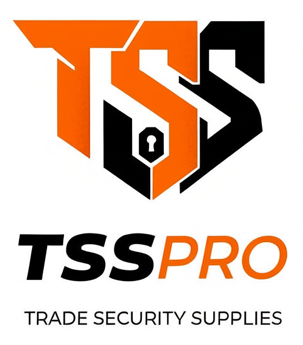Blog
IN-FOCUS: Oval Cylinders
What Is an Oval Cylinder?
An Oval Cylinder is a lock cylinder with a distinctive elongated oval shape. It is designed to fit into traditional mortice locks and multipoint locks with oval profile cut-outs that are not compatible with standard Euro Cylinders. Oval Cylinders are often found in older buildings and are still widely used in public sector and commercial environments.
This blog post explains what Oval Cylinders are, where they’re used, and why they’re a critical component in many locking systems, especially when compatibility, durability, versatility and security are important.
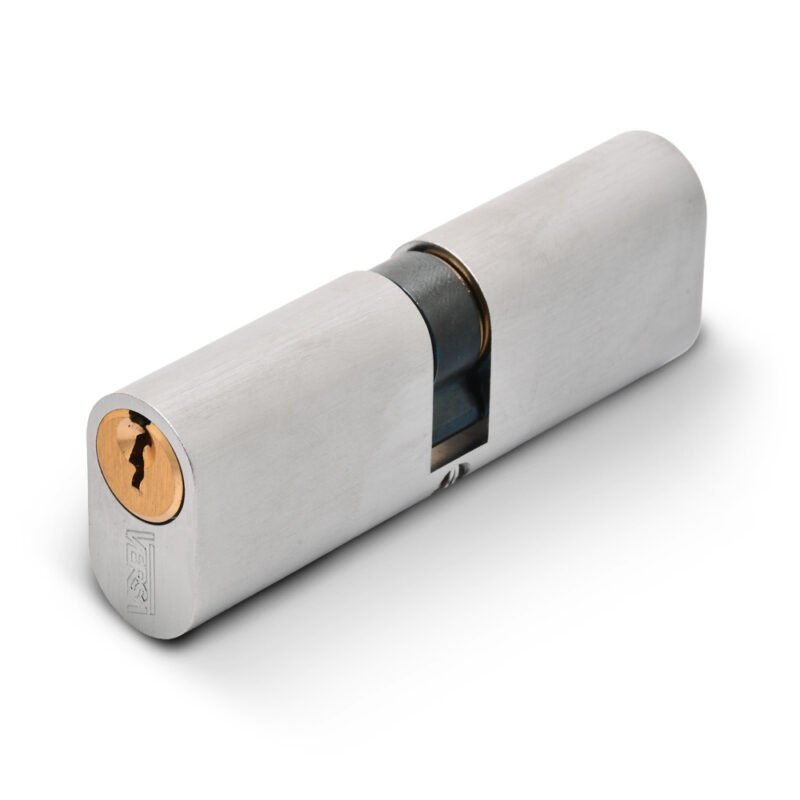
Why Use Oval Cylinders?
Oval profile cylinders serve as a specialised security solution designed to meet the unique demands of specific locking systems. Unlike the more universally compatible Euro profile cylinders found in most contemporary installations, Oval cylinders are often found in buildings, commercial properties, and high-security facilities where conventional locking mechanisms prove inadequate. Their continued popularity throughout the UK and Europe stems from their ability to integrate seamlessly with traditional mortice locks and specialised multipoint systems with an oval profile cut-out, which simply cannot accommodate standard Euro cylinder configurations.
Oval cylinders become particularly evident in architectural conservation projects and listed buildings, where maintaining original door hardware is often a legal requirement. These cylinders provide the perfect balance between preserving historical authenticity and meeting modern security standards, allowing customers to upgrade protection without compromising the building’s character.
The Oval Cylinder’s robust construction and precise engineering make it equally valuable in contemporary high-security applications, from government-based buildings to financial institutions, where its resistance to forced entry often makes oval cylinders the perfect choice for security.
Oval cylinders allow for traditional craftsmanship and contemporary security needs. While Euro cylinders dominate new installations due to their standardised sizing, Oval cylinders are vital for maintaining, repairing, or securing older properties with non-standard lock cases.
How Do Oval Cylinders Work?
Inside the cylinder are pairs of pins (driver pins and key pins) stacked in vertical chambers.
When the correct key is inserted, the notches on the key lift each pin pair to the exact height where the shear line (the gap between the plug and the housing) is clear.
Once all pins are aligned at the shear line, the cylinder can rotate and operate freely.
The rotating cylinder turns a cam. The cam is connected to the bolt mechanism.
The cam’s movement either pushes the bolt into the door frame (locking) or retracts it (unlocking).
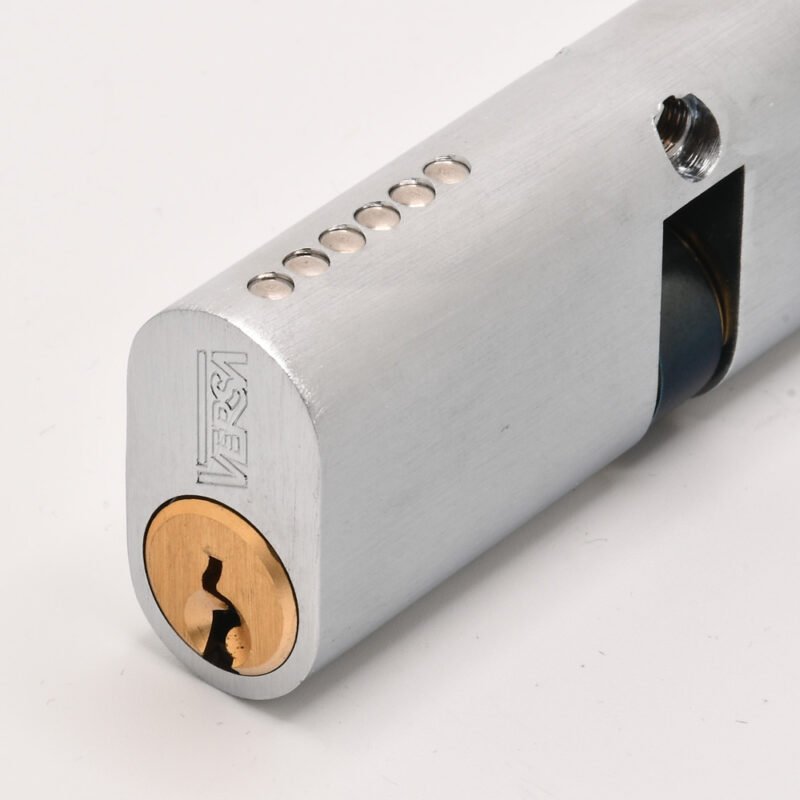
The Mechanism of Operation:
- Inside the cylinder are pairs of pins (driver pins and key pins) stacked in vertical chambers.
- When the correct key is inserted, the notches on the key lift each pin pair to the exact height where the shear line (the gap between the plug and the housing) is clear.
- Once all pins are aligned at the shear line, the cylinder can rotate and operate freely.
- The rotating cylinder turns a cam. The cam is connected to the bolt mechanism.
- The cam’s movement either pushes the bolt into the door frame (locking) or retracts it (unlocking).
Why It’s Reliable:
Proven Technology: Pin tumbler systems have been used for over a century and are trusted for their simplicity and effectiveness.
Security Features: Many OVAL cylinders include anti-pick, anti-drill, and anti-bump enhancements built into the pin tumbler design.
Key Control: Advanced versions use restricted key profiles or security pins to prevent unauthorised duplication and increase resistance to manipulation.
Key Features and Benefits of Oval Cylinders
Oval cylinders offer several advantages that make them the preferred choice in specific applications:
Oval cylinders are ideal for doors that require a specific locking system or where Euro cylinders don’t fit properly. They are used with traditional mortice locks with an oval profile cut-out, especially in older buildings. For example, many UK schools, hospitals, and council buildings were originally fitted with mortice locks designed to accept oval profile cylinders. In these cases, oval cylinders are the correct replacement choice to ensure compatibility with the existing lock case and maintain suitable styling of the door hardware.
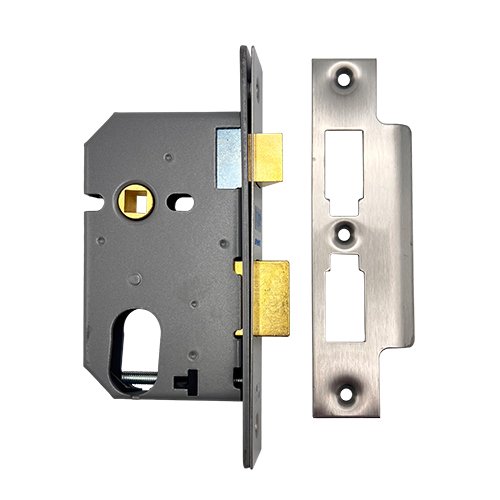
Enhanced Security
Oval cylinders very rarely have British Standard benchmarks, whereas Euro cylinders often have a TS007 1-star, 3-star ratings. Even though there isn’t any formal star rating system for Oval cylinders, they are engineered to deliver robust security, making them a reliable choice for environments where resistance to forced entry is critical. Their design and construction provide several key advantages over standard cylinders, particularly in resisting common attack methods such as picking, drilling, and bumping.
Unlike some Euro cylinders, which may have vulnerabilities due to their narrow profile, Oval cylinders are typically built with:
Thicker, reinforced metal housings – Often made from hardened steel or brass, making them more resistant to drilling and impact.
Anti-drill plates and pins – Hardened steel inserts or ball bearings are embedded in the cylinder to obstruct drill bits, significantly delaying or preventing drilling attempts.
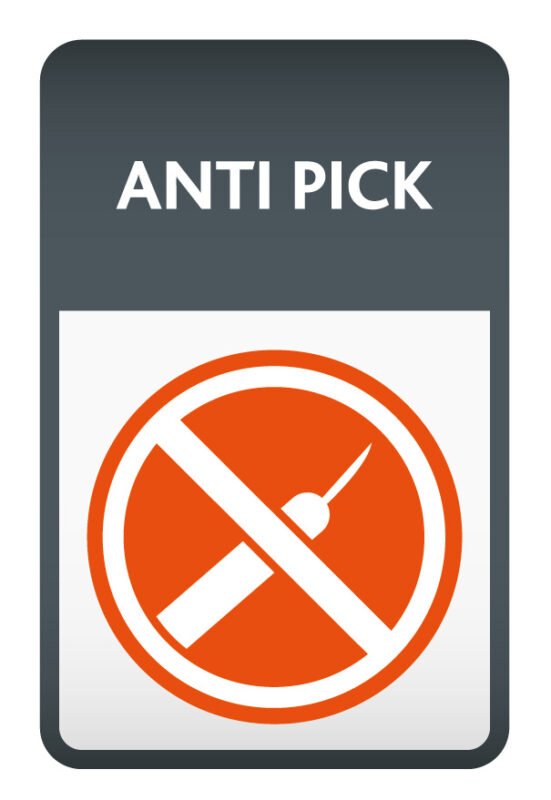
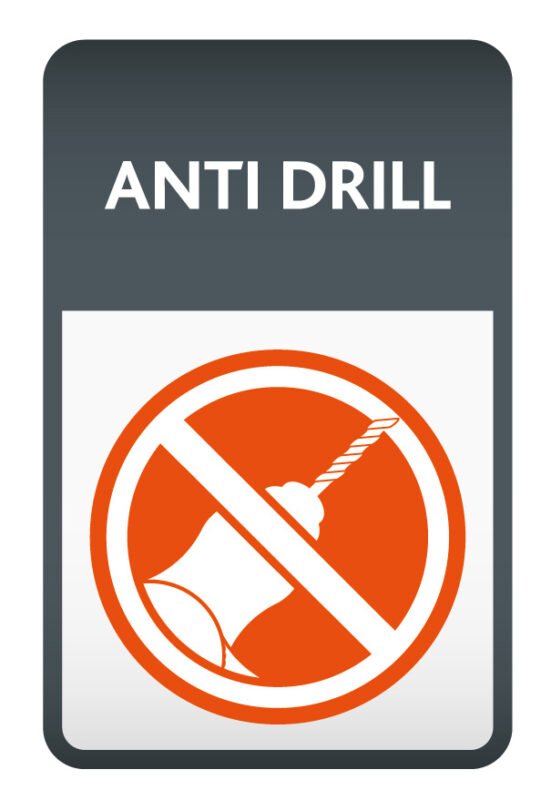
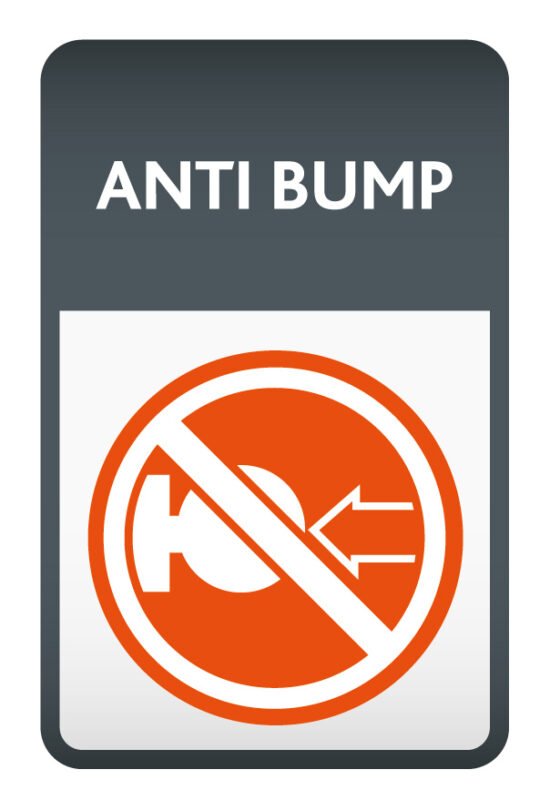
Architectural Appeal
Oval cylinders combine security with sleek design, offering a discreet, low-profile alternative to Euro cylinders. Their elongated oval shape sits flush against doors, creating a clean, unobtrusive look that complements both traditional and contemporary hardware.
The profile is Ideal for heritage properties and high-end projects. These cylinders blend seamlessly with classic door furniture while maintaining historical authenticity. In most cases, the cylinders are available in various finishes like brass or nickel, and can be matched to any design scheme.
Their minimalist profile also works particularly well with glass doors or slim frames where visible hardware might detract from the aesthetic.
Where Are Oval Cylinders Commonly Used?
You would typically find Oval profile cylinders in the following settings:
- Public Sector Buildings Including schools, hospitals, and council offices, where traditional mortice locks are still in use.
- Residential Doors Many older-style aluminium doors were designed around ovals, and many of these doors are still being used today.
- Commercial Doors Oval cylinders are very common in commercial aluminium shopfronts and internal metal door systems within commercial units. These doors are often fitted with mortice locks or aluminium multipoint locking systems that require a specific round (Oval) cylinder profile.
Choosing The Right Oval Cylinder
When selecting an Oval cylinder, it’s important to consider:
- Cylinder length and profile to match your existing lock case
- Keying options (e.g., keyed alike, master key systems)
- Security features such as anti-drill, anti-pick, and anti-bump protection
- Finish and aesthetics to suit the door and surrounding hardware
Types of Oval Cylinders
There are a number of different types of Oval cylinders available and each type can have a varation of uses:
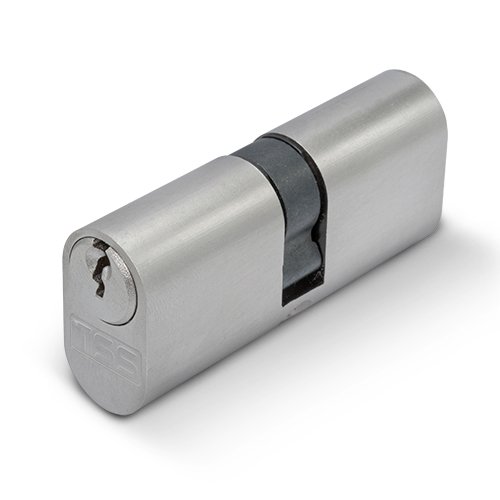
OVAL Double Cylinders
An Oval double-sided cylinder with a keyhole on both ends, allowing operation from either side of a door.
Features:
Typically used in doors where locking/unlocking is needed from both sides (e.g., entrance doors).
Can be paired with a thumbturn on one side for convenience (though pure double cylinders require a key for both sides).
Where are these most often used?
Residential and commercial entrance doors and doors requiring key access from both sides (e.g. some fire doors or security doors).
